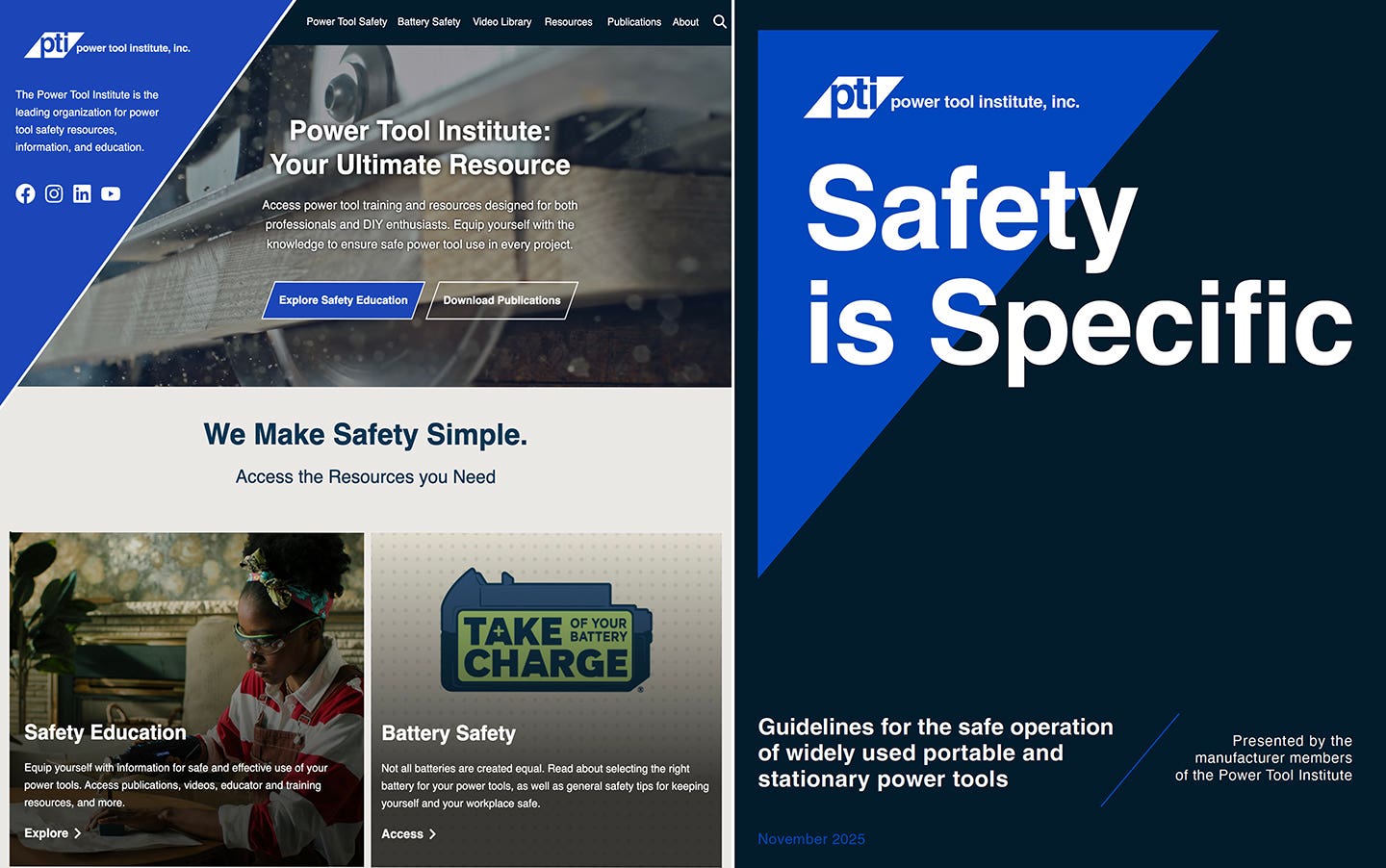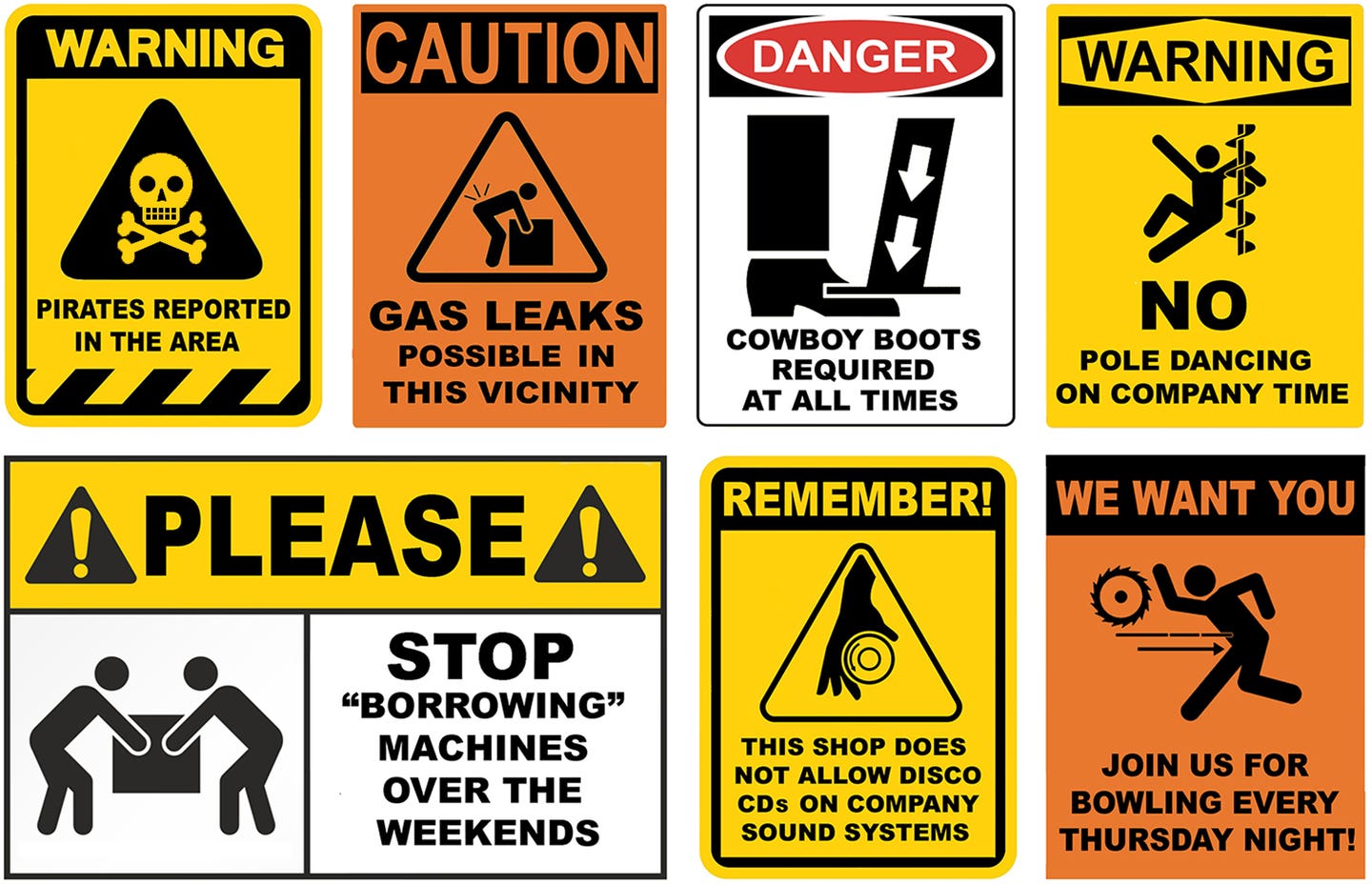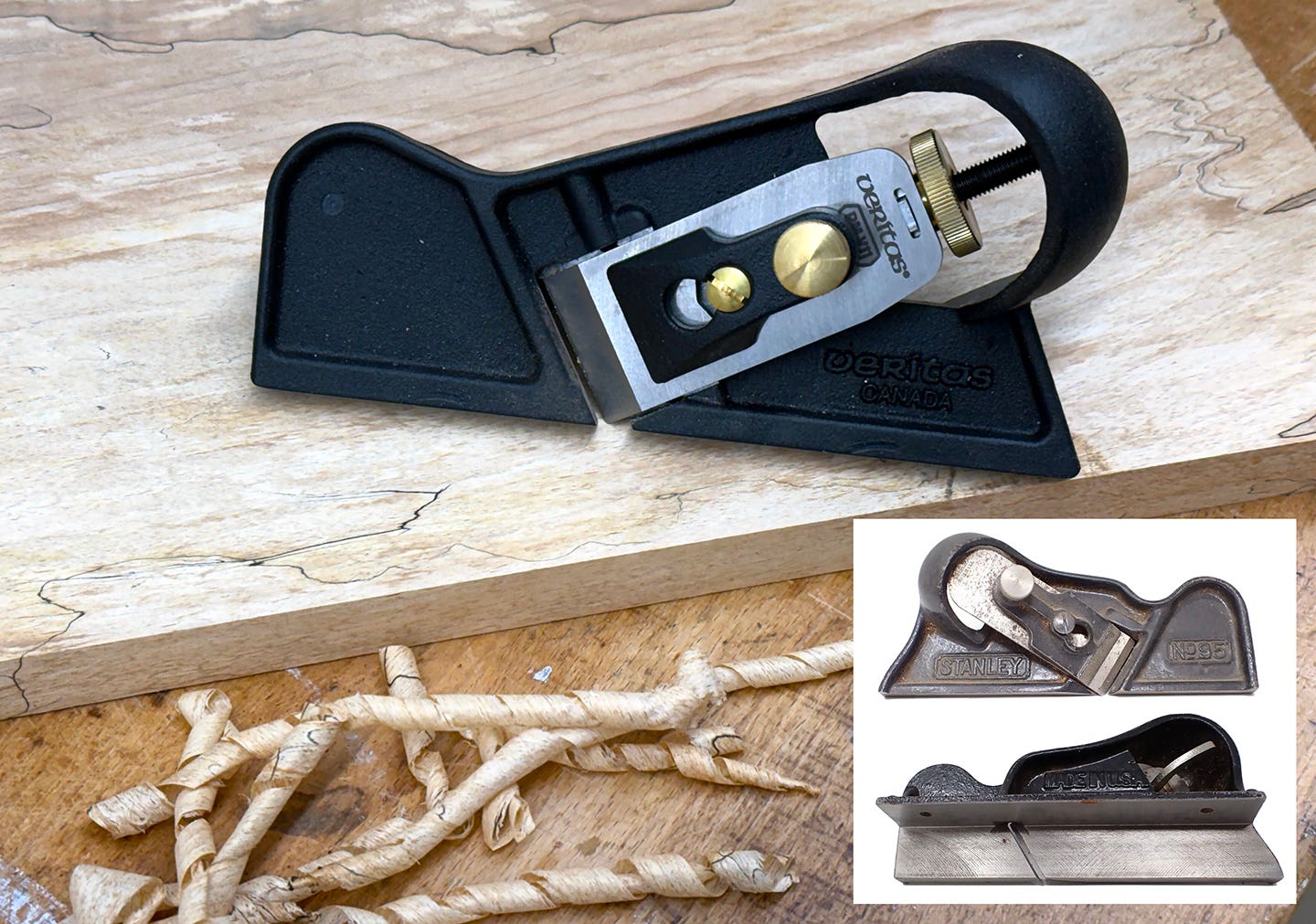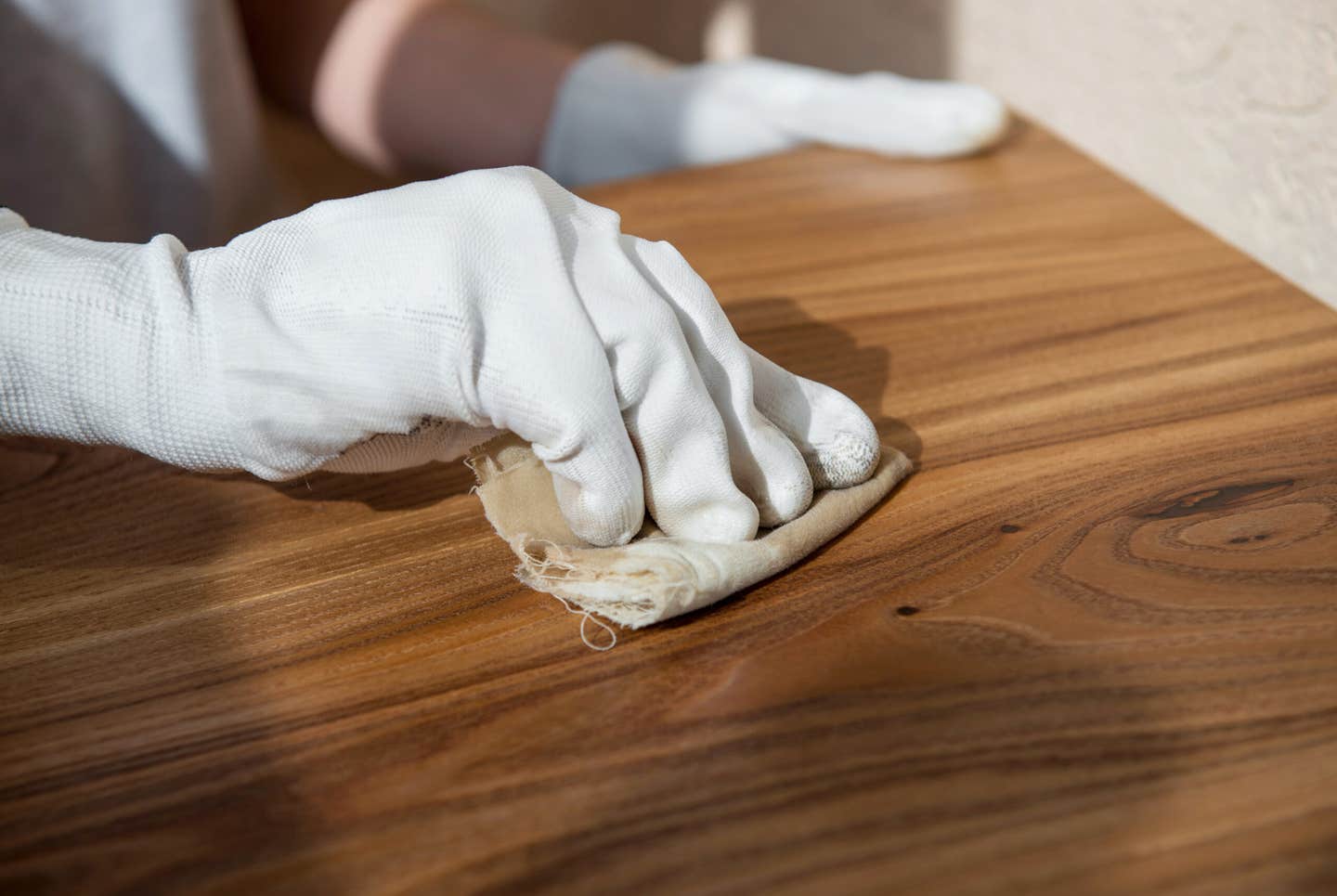Tool tryout
It doesn’t happen often, but every once in a while I try a tool I’ve never used before. This time, it was a pneumatic sander.
It doesn’t happen often, but every once in a while I try a tool I’ve never used before. This time, it was a pneumatic sander.
Since I don’t have a big production shop, a large air compressor with a high CFM rating, and I haven’t plumbed my shop for air, I’ve never considered a pneumatic sander before. However, in working on a magazine article on compressors I wanted to cover all the woodworking tools and so picked up an inexpensive air sander to photograph and try out. Boy was it different
I’ve used electric sanders exclusively my entire life and, as such, I’m pretty used to how they work. I was really surprised by the air sander. It’s so light, and a pleasure to use. The vibration is lower, as is the noise. (And, the noise is different, kind of a soft voop-voop sound. Kinda cool, really.) I liked the larger 6" pad, and the feeling of raw power it has – this thing could really hog off material if I wanted to.
On the other hand, the hose was a constant pain. Heavier and bulkier than an electric cord, the hose caught on everything. (Usually, one of my feet.) The dust collection hose I jury-rigged up to it did a less than stellar job. And, while I didn’t see any evidence of it, I did have a concern that the air blasts might carry oil or condensation onto the worksurface. The biggest downside was the lack of adequate air. I was using the sander with a 15-gallon compressor, and while it functioned just fine, that compressor ran a lot more frequently than I like.
Still, I can see the appeal. All the advantages I noted above – plus the fact that an air sander is just a lot more fun to use than an electric sander – make these little guys both impressive and worthy tools. If I had plumbed air lines all over my shop and a much larger compressor, I could see myself using one of these a lot.
A.J. Hamler is the former editor of Woodshop News and Woodcraft Magazine. He's currently a freelance woodworking writer/editor, which is another way of stating self-employed. When he's not writing or in the shop, he enjoys science fiction, gourmet cooking and Civil War reenacting, but not at the same time.







